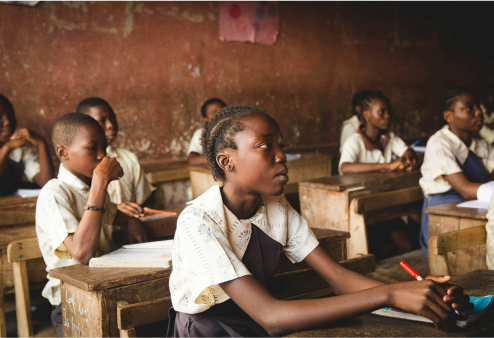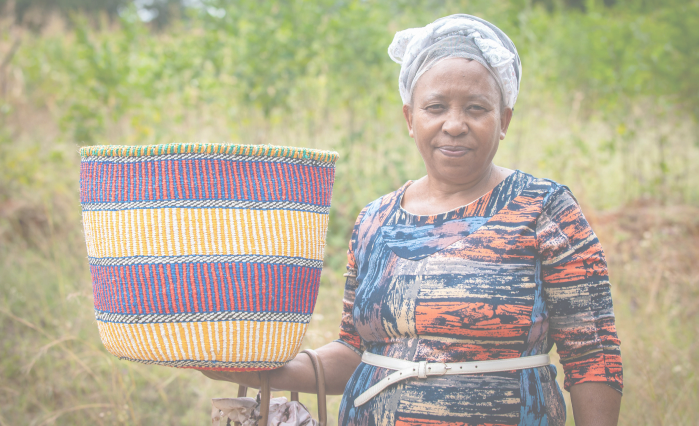
24 August, 2025
Event Post
The impact of preschool attendance on student outcomes at school
International research shows that preschool education plays an important part in preparing children for school.
A recent longitudinal study in the Philippines has followed a cohort of 4,500 public elementary school students for 5 years. The study found that children who attended preschool consistently outperformed those who did not in literacy, mathematics and social-emotional skills.
The Philippines Early Childhood Care and Development (ECCD) Longitudinal Study was funded by UNICEF, the Philippines Department of Education and the Australian Government. The research was conducted by the Australian Council for Educational Research (ACER) and involved case studies, student assessments and questionnaires completed by students, teachers and school leaders.
The impact of preschool on learning at school
The aim of the study was to assess the impact of the introduction of the Kindergarten year into the Philippines’ K-12 Basic Education System. Data was collected at 6 points: at the start of Kindergarten, the end of Kindergarten and at the end of Grade 1, 2, 3 and 4.
“This study found preschool and day care made a positive difference to learning for the first 5 years,’ the report reads. ‘Even at the end of Grade 4, students who attended preschool and day care prior to attending Kindergarten outperformed those who did not in literacy, mathematics and social-emotional skills.”
However, the authors caution that the quality of preschool teaching and learning remains unclear. “In the case studies, no mention was made of explicit teaching of social-emotional skills and general cognitive skills. These skills were an implied by-product of attending preschool and day care and interacting with other children,” they write.
Social-emotional skills of children
A unique feature of the study was the measurement of students’ social-emotional skills, and the exploration of the relationship between social-emotional skills and literacy and mathematics achievement.
“Social-emotional skills were measured as it is now well-known that children draw on a range of skills to succeed at school,” the researchers explain. “A child who can manage her emotions can use this skill when persisting on a mathematics task. Children who can recognise emotions in themselves and others, can use these skills to resolve a disagreement when working on a group project.”
The study found that in general, children’s social-emotional skills were rated by teachers as medium to high. It was also clear that girls outperformed boys. As well as this, it was found that students’ social-emotional skills did not seem to develop over time, and those with high social-emotional skills outperformed students with medium or low social-emotional skills in literacy and mathematics.
Students’ literacy and numeracy skills
The study also shared key insights into the literacy and mathematics skills of children.
The researchers note that while in general, literacy skills improved each year, the improvement did not align with the pace of the curriculum. This gap between skills and curriculum expectations became most pronounced at Grade 3.
“Most students in this study are still learning to read at the end of Grade 4. The pace of teaching and learning did not appear to meet students’ needs. They likely required more time to practice and consolidate essential reading skills such as letter sound relationships and decoding,” the report reads.
The story was similar for mathematics skills, however the gap between curriculum expectations and student skills was most pronounced earlier, in Grade 2.
“We need to ensure that teachers are provided with the guidance, training and opportunities to develop and use different strategies and resources to support different children’s learning needs.”
Learning in different languages
The report also presents insights into the impact of the Philippines Mother Tongue-Based Multilingual Education (MTB-MLE). The Philippines was the first nation in the region to implement a national policy requiring mother tongue language education for all students up to the end of Grade 3 before transitioning to Filipino and English in Grade 4.
“It is unique in its ambitious parameters – the Philippines Department of Education produces teaching and learning resources in 19 mother tongue languages which covers 80 percent of the population. However, performance across language groups differs, as our study showed.”
Specially, the longitudinal study found that for literacy, students who were tested in Filipino scored higher than students tested in English. However, scores from students tested in English were not far behind those tested in Filipino. The researchers say this finding is impressive, because English may rarely be spoken at home.
By: Windows of Hope Foundation
